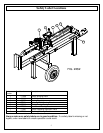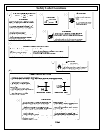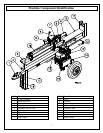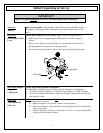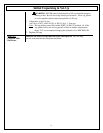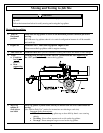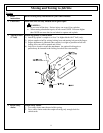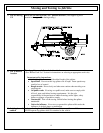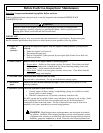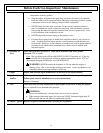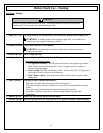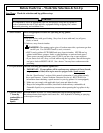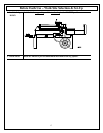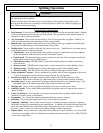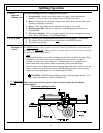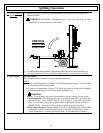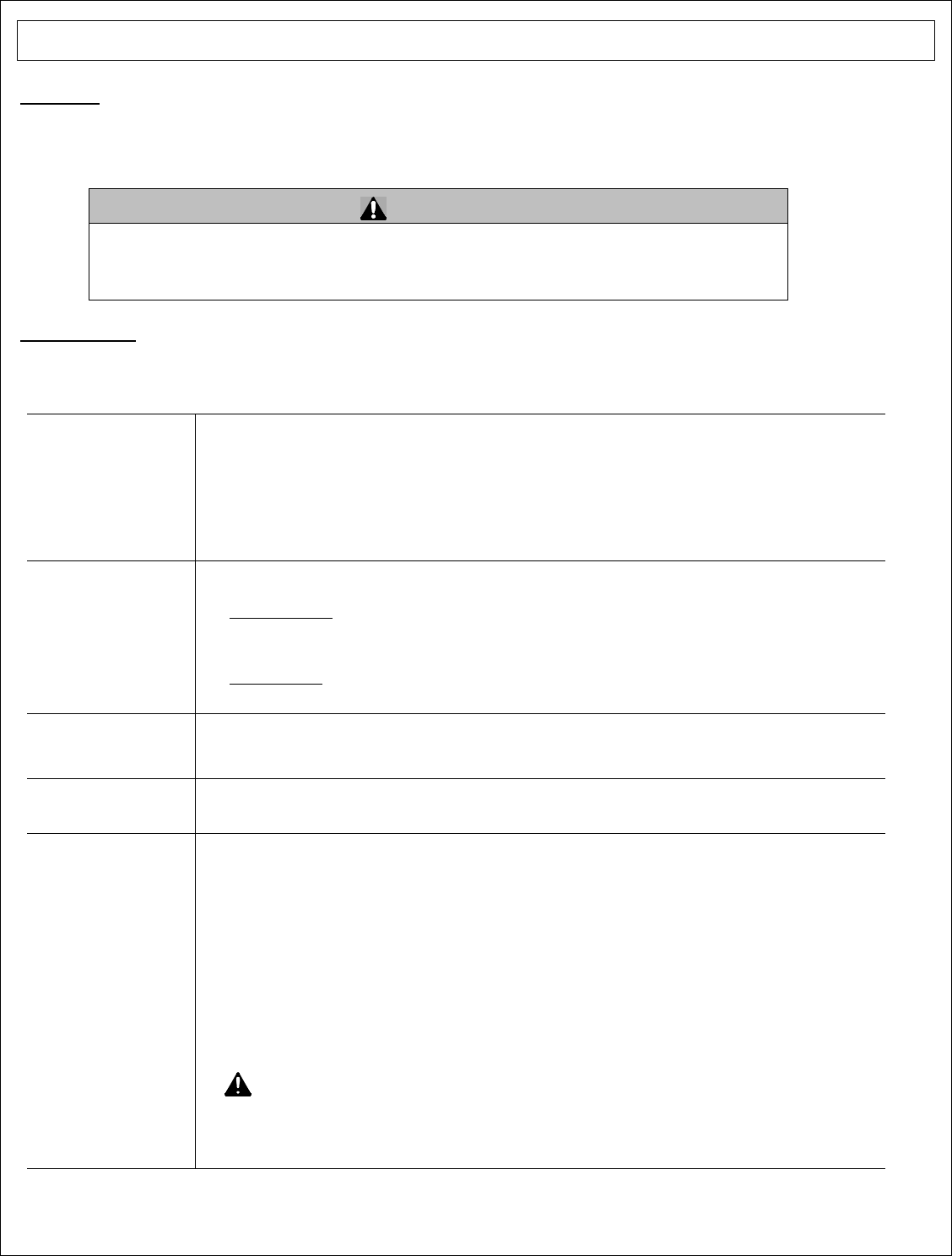
Before Each Use-Inspection / Maintenance
13
Step One: Inspect and maintain log splitter before each use
If the log splitter has been used previously, it must be inspected and maintained BEFORE EACH
SUBSEQUENT USE.
WARNING
ALWAYS shut off the engine, disconnect the spark plug, and relieve system pressure
before inspecting, cleaning, adjusting, or repairing the splitter. Relieve system pressure by
moving Split Control Lever back and forth several times.
IMPORTANT:
If a part needs replacement, only use parts that meet the manufacturer’s specifications. Replacement parts
that do not meet specifications may result in a safety hazard or poor operation of the log splitter.
1. Engine off /
relieve
pressure
Perform all inspections/repairs with the engine off and hydraulic system pressure
relieved.
1. Make sure engine is off and cool.
2. Disconnect the spark plug
3. Relieve all hydraulic system pressure by moving the Split Control Lever back and
forth several times.
2. Remove debris Remove debris from engine, muffler, and moving parts.
1. Engine debris. Debris on a hot engine can be a fire hazard. Clean debris and chaff
from engine cylinder head, cylinder head fins, blower housing rotating screen, and
muffler areas. Avoid contact with hot muffler.
2. Other debris. Debris on moving parts can cause excess wear. Clear debris from the
slide beam, wedge, and endplate.
3. Fuel tank / lines Check fuel tank and fuel lines for leaks.
Any fuel leak is a fire hazard. Fix any fuel leaks before starting engine.
4. Mechanical
parts
Check to be sure all nuts and bolts are tight to make sure the log splitter is in safe
working condition.
5. Hydraulic system Check the hydraulic system carefully:
1. Visually inspect all hoses, tubing, clamps/fittings, pump, and cylinder for cracks,
fraying, kinks, or other damage.
2. Check all components for oily residue, which may indicate a leak.
Do NOT operate the log splitter if there is any indication of damage or oily residue. Small
leaks in hydraulic lines can cause severe injuries and can also be an indication of
catastrophic failure in the near future. The life of hydraulic hoses may be from a few
months to a few years, depending on use and storage patterns.
WARNING: High fluid pressures and temperatures are developed in hydraulic
log splitters. Hydraulic fluid escaping through a pin hole sized opening can burn
or puncture skin, resulting in wounds that could cause blood poisoning, infection,
disability, gangrene, amputation, or death. Therefore, the following instructions



